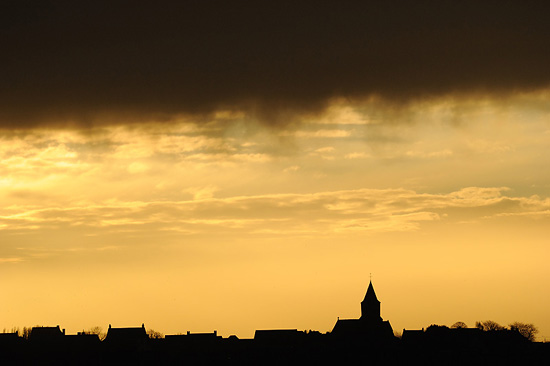On January the third of 2014, an impressive storm raged over Belgium. It was formed by a warmer humid weather front coming from the channel hitting a colder front over the continental land mass. The storm front was formed in the mid afternoon along the Belgian coast and then moved fast westwards, to gain its maximum strength about hundred kilometres more to the West. The town of Mechelen was struck badly and several roofs were blown away. There was great damage caused in the football stadium and the roof of the Delhaize supermarket completely collapsed.
That day I was in the Uitkerkse Polder, an open landscape with historical silt meadows, ditches and small ponds close to the Belgian coast. It is a nice place to observe Short-eared Owls, Hen Harriers and three species of Geese. Greylag Goose, White-fronted Goose and Pink-Footed Goose all occur in large numbers between December and January. It is one of the few places in Belgium where the owls already hunt actively during the day-time. It is not unusual to see them already hunting around 3 p.m. Under here two images from Short-eared Owls I made in Uitkerke some years ago.

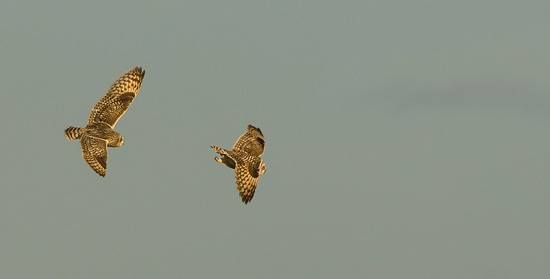
Around 4:00 p.m. the sky became threatening dark and the evening sun coloured the open polder landscape with almost surreal vivid colours contrasting with the dark sky. Under here an image I made around this time.
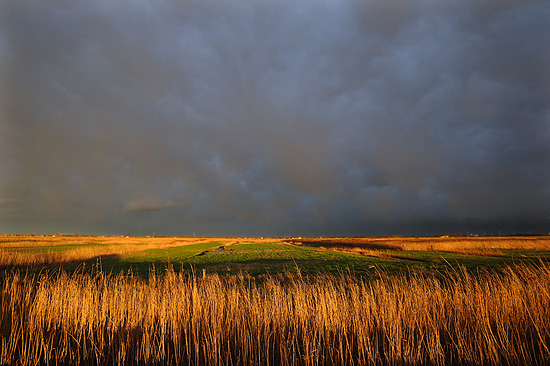
I heard on the weather forecast that by the end of the afternoon high wind speeds of more than 100 km per hour were announced. So I knew the weather could change quickly, but I really didn’t expect to be overwhelmed so heavily by the power of nature. Quickly the sky turned yellowish to almost greenish and the wind started to blow very heavily. Several large bird flocks, with Northern Lapwings and Eurasian Wigeons, seemed to flee away for the storm. After I took some images of the mind-blowing spectacle, I went to shelter in my car. Under here some images of birds and their battle against the elements. The first image shows a large group of lapwings. The next two are solitary lapwings and the last image shows two White-fronted geese.
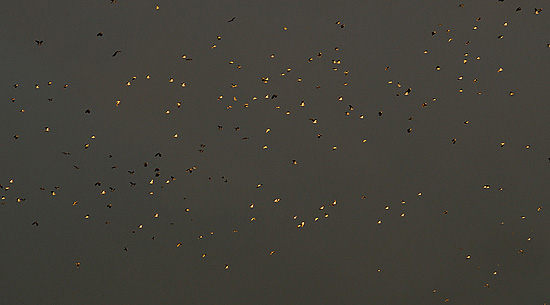
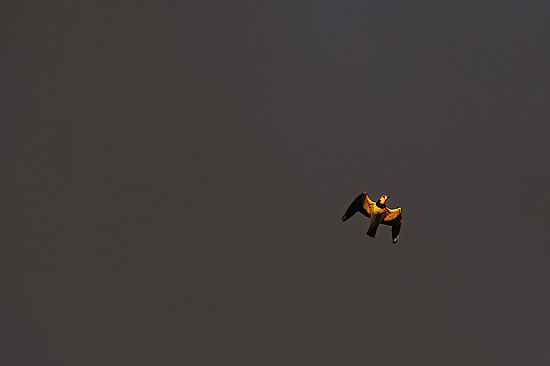
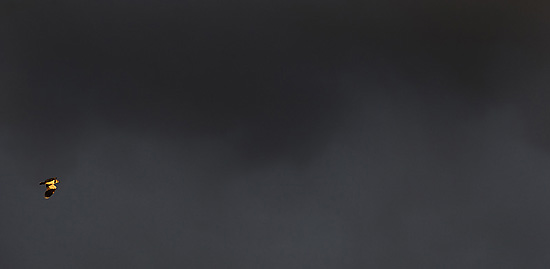
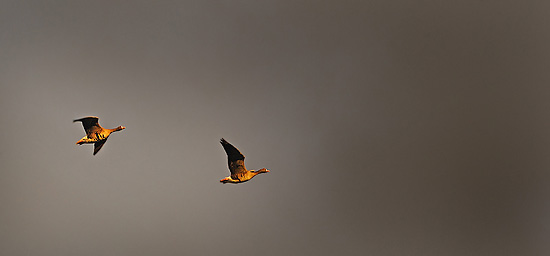
By then the wind was blowing so hard that the few brave gulls and lapwings, which were still flying around, were literally thrown several metres away in the air. A lone female Hen harrier tried to land, and was almost smashed against the soil before she finally safely landed in the reedbed along a ditch. Then it felt like the night had just fallen in, and it started to whiffle and rain so heavily I thought the rain would smash in my car window. I couldn’t see for more than a few tens of centimetres in front of me. A few seconds later it started to hail but luckily this lasted only a few minutes and the hailstones were relatively small. The passing through of the storm had only lasted about ten minutes but the overwhelming power was enough to make me feel very humble. I knew the storm would gain strength while raging further Westwards over the land, so I wasn’t surprised at all to hear later in the news that the storm had caused serious damage.
After the storm had passed through, I witnessed again some spectacular evening sceneries with beautiful sunlight and dark skies. Under here a final image with the church of Nieuwmunster.
